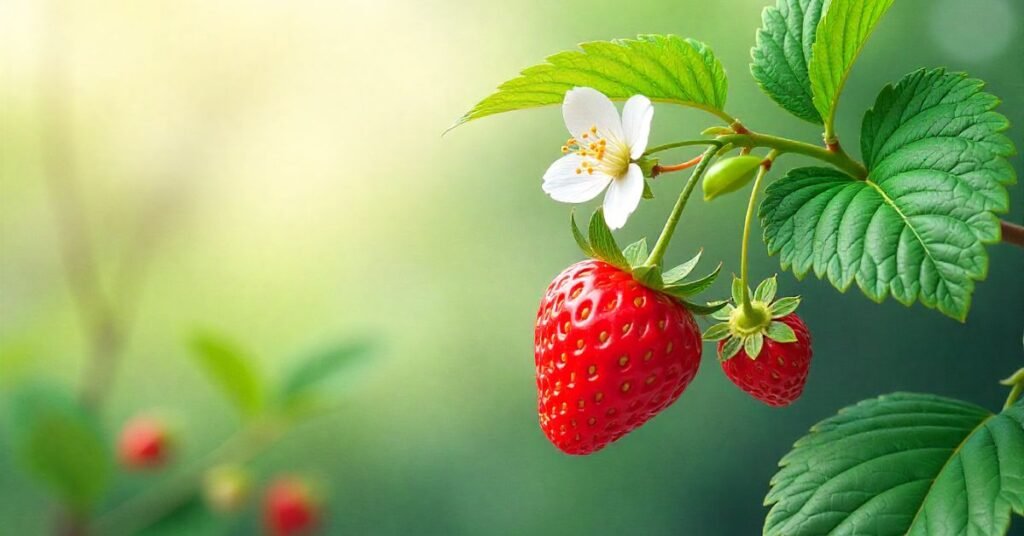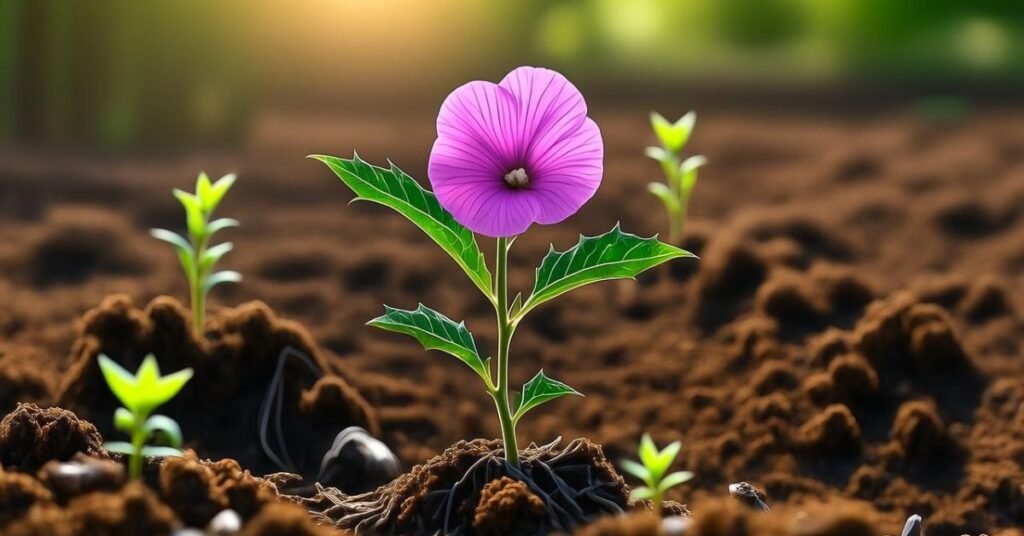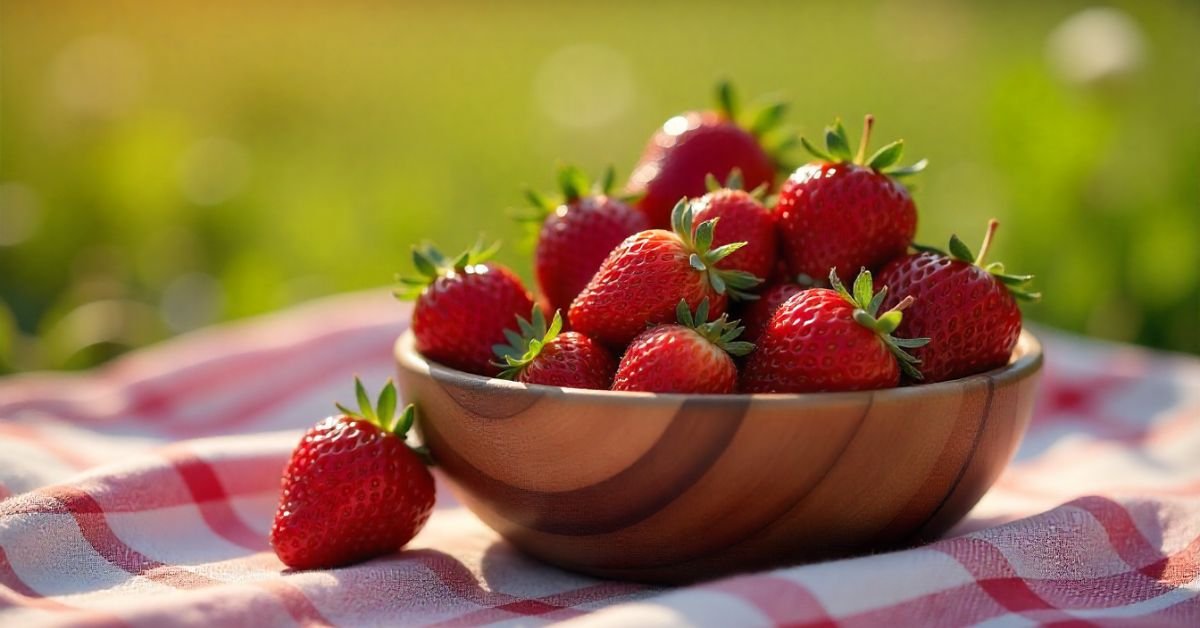Introduction
June bearing strawberry plants are popular for their large, juicy fruits. They produce one heavy crop each year, usually in late spring to early summer. Gardeners love them because they give plenty of berries in a short time.
If you enjoy fresh strawberries, these plants are perfect for you. Imagine a basket full of bright red berries grown in your own garden. The sweet flavor and rich taste make them a favorite choice for home growers.
Planting June bearing strawberries is simple and rewarding. They need full sunlight, well drained soil, and regular watering. With proper care, these plants will give you a delicious harvest every summer.
SCIENTIFIC NAME:
The scientific name of June bearing strawberry plants is Fragaria × ananassa. It is a hybrid species widely grown around the world. This name is used by botanists and gardeners to identify the plant.
Why Choose June Bearing Strawberry Plants?
June bearing strawberry plants are great for big harvests. They produce many berries in one season. The fruits are large, sweet, and perfect for eating fresh or making jams. These plants are easy to grow and give a reliable crop every year.
Prune Strawberry Plants
Pruning strawberry plants keeps them healthy and productive. Remove old leaves and dead stems after harvest. Cut back runners if you want bigger fruits. Always use clean scissors or garden shears. This helps the plant focus energy on strong growth and a better crop next season.
How to Fertilize Strawberry Plants
Fertilizing strawberry plants helps them grow strong and healthy. Make sure your fertilizer is balanced with nitrogen, phosphorus, and potassium. As soon as new growth begins in the spring, apply it. This gives the plants the boost they need for strong roots and leaves.

After harvest, feed the plants again to support next year’s crop. Avoid over fertilizing, as it can cause too much leaf growth and fewer fruits. Water the soil well after applying fertilizer. This ensures the nutrients reach the roots properly.
Light Requirements
- Strawberry plants need full sunlight.
- At least 6 to 8 hours of direct sun daily.
- More sunlight gives sweeter and bigger fruits.
- Avoid planting in shady areas.
- Good sunlight helps prevent diseases.
Nutritional Requirements
- Strawberry plants need balanced nutrients.
- Nitrogen helps in leaf and stem growth.
- Phosphorus supports strong root development.
- Potassium improves fruit size and sweetness.
- Calcium keeps plants healthy and prevents rot.
- Organic compost adds natural nutrition to the soil.
Renovation
Renovation keeps strawberry plants healthy and productive. After harvest, trim old leaves and remove weak runners. Thin out crowded plants to give space for new growth. Refresh the soil by adding compost or fertilizer. This process helps the plants prepare for the next season’s crop.
How to Winterize Strawberry Plants
Winterizing strawberry plants protects them from cold damage. After the first frost, cut back old leaves and remove weeds. Cover the plants with straw or mulch to keep the soil warm. Light and breathable coverings are recommended. This helps the plants rest safely through winter and return strong in spring.
Varieties

| Strawberry Variety | Type | Scientific Name | Key Features |
| Woodland Strawberry | Wild Strawberry | Fragaria vesca | Small, sweet, aromatic fruits. Grows naturally in forests. |
| Jewel Junebearing Strawberry | Cultivated, June bearing | Fragaria × ananassa | Large, glossy, sweet berries. Heavy harvest. |
| Chandler Junebearing Strawberry | Cultivated, June bearing | Fragaria × ananassa | Very large, juicy fruits. Best in warm climates. |
| Allstar Junebearing Strawberry | Cultivated, June bearing | Fragaria × ananassa | Medium to large fruits. Disease resistant. |
Cons of June Bearing Strawberries
June bearing strawberries have some drawbacks. They produce fruit only once a year. The harvest is short and lasts just a few weeks. These plants need more space because they spread with runners. They also require regular care and renovation after harvest. Without proper attention, the yield may drop quickly.
Pros of June Bearing Strawberries
June bearing strawberries offer many benefits. They give a large harvest in one season. The berries are big, sweet, and full of flavor. These plants are perfect for making jams, desserts, or eating fresh. With proper care, they provide a reliable and abundant crop every year.
Caring for June Bearing Strawberry Plants
Caring for June bearing strawberry plants is simple but important. Good care keeps them healthy and productive. Follow these steps for the best results.
- Water regularly, but avoid soggy soil.
- Give full sunlight for strong growth.
- Use mulch to keep soil moist and control weeds.
- Fertilize in spring and after harvest.
- Prune old leaves and remove weak runners.
- Protect plants from pests and diseases.
Conclusion
June bearing strawberry plants are a great choice for gardeners. They produce sweet, juicy fruits in abundance. With proper care, they stay healthy and productive for years. These plants reward your efforts with a rich harvest every summer.
FAQs
Q1: When do June bearing strawberries produce fruit?
They produce one large crop in late spring to early summer.
Q2: How long do June bearing strawberry plants last?
With good care and renovation, they can stay productive for 3 to 4 years.
Q3: Do June bearing strawberries need full sunlight?
Yes, they need at least 6 to 8 hours of direct sunlight daily.
Q4: Can I grow June bearing strawberries in containers?
Yes, but make sure the container is deep and has well drained soil.
Q5: How often should I water June bearing strawberries?
Water 1 to 2 inches per week, keeping soil moist but not waterlogged.


